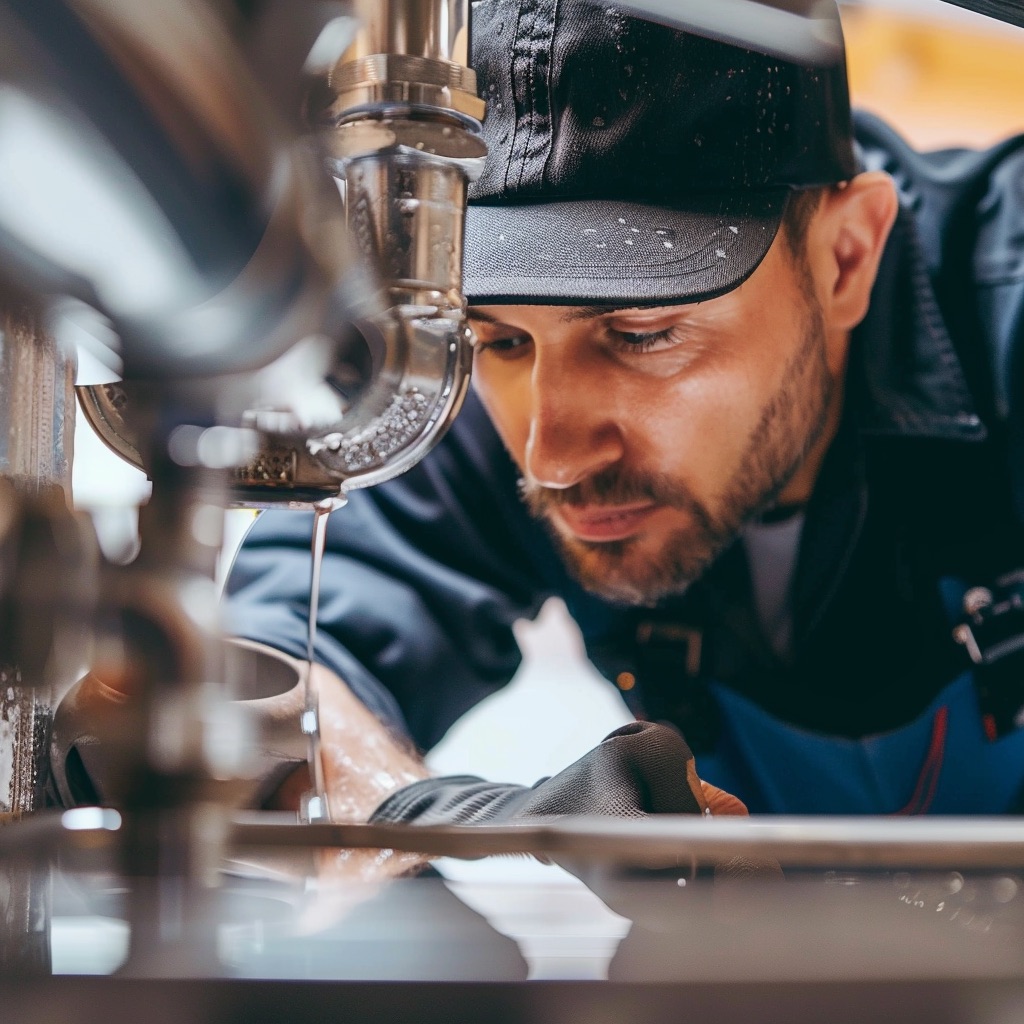Last updated on
Having a beautiful lawn takes more than just mowing and watering it regularly. To create a genuinely sustainable landscape, your sprinkler system is critical to making sure every piece of grass gets the hydration it needs.
Regularly maintaining your sprinkler system is super important to avoid wasting water, minimize damage risks, and maintain a lush, healthy lawn.
This article explores the top 11 sprinkler maintenance tips that’ll help you achieve a thriving lawn while promoting water conservation and minimizing costly repairs. Keep reading to learn more!
1. Start with a Regular Inspection

One of the most critical steps in lawn sprinkler maintenance is conducting a regular inspection. Start by checking all the sprinkler heads for signs of wear, leaks, or damage. A broken sprinkler head can lead to uneven watering and water waste, affecting the health of your lawn.
If you notice any issues that you can’t fix yourself, it’s a good idea to consider professional sprinkler repair San Diego services to ensure your system is operating efficiently. Make sure to clear any debris from clogged sprinkler heads to ensure proper water flow. This process should be part of your regular maintenance checks, especially during the Spring start-up when the system is reactivated after winterization.
2. Adjust Your Sprinkler Maintenance Program Seasonally
A sustainable lawn depends on an irrigation maintenance program that adapts to seasonal changes. During the spring start-up, you should inspect the sprinkler system for any leaks or damage that might’ve occurred during the colder months. Adjust the sprinkler controller settings to ensure the water supply matches your lawn’s needs, considering the temperature and rainfall patterns. Regularly updating your system’s settings helps reduce water waste and enhances water conservation throughout the year.
3. Check and Clean Sprinkler Heads Regularly

Clogged sprinkler heads can lead to dry patches on your lawn and wasted water. To avoid clogging, clear out any dirt or junk that could be stopping the water from flowing, and look for any usual signs of wear and tear. Cleaning your sprinkler heads will ensure that the water pressure is optimal, providing even distribution to every part of your lawn.
4. Inspect the Irrigation System for Leaks
A small leak in your lawn sprinkler system can significantly waste water and drive up your utility costs. Look for wet spots in areas where water shouldn’t accumulate or unusually lush patches that indicate excessive watering. Sometimes, you might need to repair pipes to stop leaks and keep your irrigation system running smoothly.
5. Test the Water Pressure and Flow
Maintaining the proper water pressure is essential for optimal sprinkler system performance. Low water pressure can cause the sprinkler heads to underperform, while high pressure can damage the system’s components. Using a pressure regulator can help manage these issues, ensuring that the lawn sprinkler system operates smoothly. Regular maintenance should also include checking the water flow to ensure that each zone of your lawn gets adequate hydration.
6. Upgrade to Drip Irrigation and Smart Controls
Consider upgrading parts of your sprinkler system to a drip irrigation system for areas that need less water. Drip irrigation systems directly water the roots of plants, reducing evaporation and promoting water conservation. Installing a rain sensor on your automatic sprinkler system will also prevent unnecessary watering when it rains. These intelligent upgrades will make your irrigation maintenance more efficient and environmentally friendly.
7. Control Valve Upkeep
The control valve manages the flow of water to your lawn. Regularly checking this valve ensures that the sprinkler system turns on and off correctly, preventing water waste. If you notice any issues with the control valve, it’s best to consult a professional for sprinkler repair to avoid further damage to your system.
8. Implement a Winterization Process
Getting your lawn sprinkler system ready for winter can help prevent damage when the temperatures drop. For instance, draining water from the pipes, sprinkler heads, and valves will protect them from freezing and cracking. Overall, dedicating time and resources to proper winterization can help you dodge expensive repairs or replacements when spring rolls around. Schedule this process as part of your annual irrigation maintenance program to extend the lifespan of your system.
9. Regularly Monitor Wet Pipe Systems for Fire Protection
While not directly related to lawn care, wet pipe systems are essential for fire protection in some landscape designs. It’s important to regularly check and maintain them so they’re ready to go if a fire happens. Ensure that the water supply and pressure are sufficient to support these systems in an emergency.
10. Consider Landscape Maintenance Beyond Sprinklers
Sprinkler maintenance is integral to other aspects of landscape maintenance, such as lawn care, pipe repair, and landscape lighting. A holistic approach to your outdoor space will help you create a more sustainable and well-maintained lawn. This means considering the placement of sprinkler heads, the type of plants in your landscape, and the overall watering system to ensure everything works together seamlessly.
11. Schedule Regular Maintenance Checks with Professionals
Even with all the DIY sprinkler maintenance tips available, it’s essential to have regular inspections done by a professional. They can identify issues that you might overlook, such as a hidden broken sprinkler head or an underlying problem in the irrigation system. Scheduling routine maintenance checks with a sprinkler repair expert can save you time and money in the long run.
The Takeaway
Keeping your lawn in top shape while saving water is easy if you follow these sprinkler maintenance tips. Taking care of your sprinkler systems—like automatic, irrigation, and wet pipe setups—will not only help you dodge expensive repairs but also make the most of your water usage. Remember that a well-maintained sprinkler system is the key to achieving a sustainable and beautiful lawn.
Table of Contents




